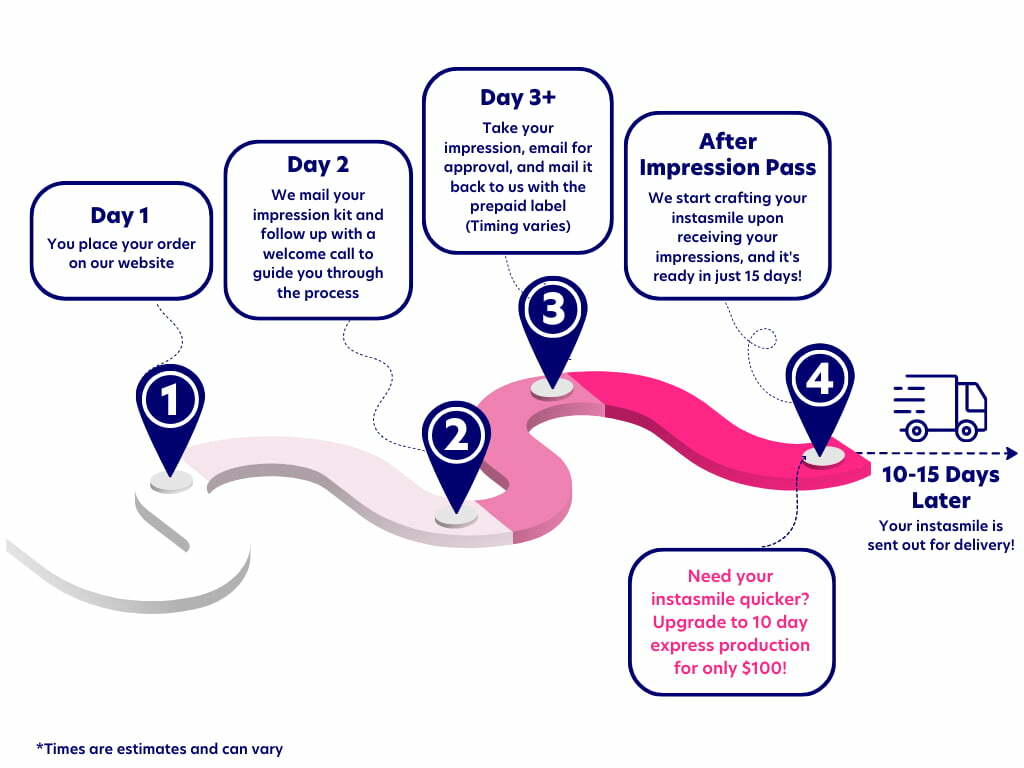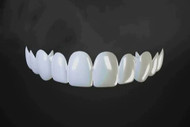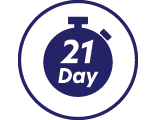Can you get veneers after Invisalign?
Thanks to recent dental technology, there are now more ways than ever to improve your smile. Veneers have become one of the most popular methods for restoring cracked, chipped, stained, or discolored teeth.
If you're considering Invisalign treatment or have already had it, you may be wondering 'can you get veneers after Invisalign?'
Keep reading to find out!

Can you get veneers after Invisalign treatment?
Invisalign and veneers are both great treatment options to improve your smile but they address different types of dental problems. Invisalign is often used to straighten crooked or overcrowded teeth, while veneers are primarily used to address cosmetic issues like chips, cracks, and discoloration.
Veneers are popular because they can be customized to match the natural appearance and contour of your teeth while remaining incredibly durable - the porcelain type can last up to 15 years.
The good news is that you can get veneers after Invisalign treatment. However, you should wait at least six months after completing your Invisalign treatment before getting veneers so your teeth have time to settle into their new positions and any potential side effects, like gum recession, can heal.

Is Invisalign required before you get veneers?
In most cases, Invisalign isn't required before getting veneers if the teeth are relatively straight and the goal is to correct teeth that are:
-
unusual in terms of shape, size, or length
-
chipped or broken
-
severely stained or discolored
However, if you have severely crooked, misaligned teeth or don't like the gaps or uneven size and shape of your teeth, Invisalign aligners may be required before veneers.
The Invisalign treatment employs a series of custom-made aligners with a clear design that is nearly imperceptible to others.
Invisalign is frequently misunderstood as a type of retainer. The truth is that Invisalign works in the same way that traditional braces do. It's a sturdy piece that applies enough pressure to cause the misaligned teeth to gradually shift into a more desirable position.
However, unlike traditional braces, Invisalign aligners are removable, allowing you to pop them out whenever you want to eat, drink, brush, or floss your teeth, as well as for pictures and on special occasions.
Throughout your treatment, you'll notice that each new aligner has a distinct feel. Because these orthodontic appliances are designed to keep repositioning the target teeth to a more desirable position, each new aligner will focus on moving different teeth.
However, you'll need to wear your Invisalign aligners for at least 20 hours per day during treatment to move your teeth as needed. While each case is different, Invisalign usually takes less than two years to complete and is less time-consuming than traditional braces.
What’s the alternative?
If veneers, Invisalign, or any other cosmetic dental treatment isn’t suited to you, you’ll be happy to know there’s an alternative right here at instasmile.
Our snap-on veneers are more cost-friendly, quicker to get hold of, and more convenient, yet equally as effective as dental procedures. Our at-home impression kit also means you can accurately take measurements for a comfortable fit, without leaving the house.
Cover discolouration, gaps, and minor misalignment with instasmile. Get started today.

Frequently Asked Questions
Is it better to get Invisalign, veneers, or instasmile?
Your budget, the look you want to achieve, and how quickly you want to make the change can influence your decision on which treatment to pursue. Consider which treatment you're eligible for first too, as you might not be a good fit for one of them.
See if you’re eligible for instasmile today.
Who is a candidate for instasmile?
If you’re currently undergoing orthodontic treatment (including traditional braces and clear aligners), have loose teeth, or loose crowns, unfortunately, you are not eligible for instasmile.
You also must have at least one of the front four teeth and at least one of the four on the left and right side (3 in total) to be deemed suitable for snap-on veneers on the top or bottom teeth.
For a full set of top and bottom instasmile veneers, you will need at least 6 remaining teeth in the necessary areas - see our smile assessment for more information.
Can snap-on veneers be used after Invisalign?
They can!
While you can’t wear them during your treatment, if you’re still unhappy with the look of your smile after Invisalign, snap-on veneers are the perfect solution for disguising dental insecurities.
Read also;


 UK
UK
 USA
USA
 Australia
Australia

